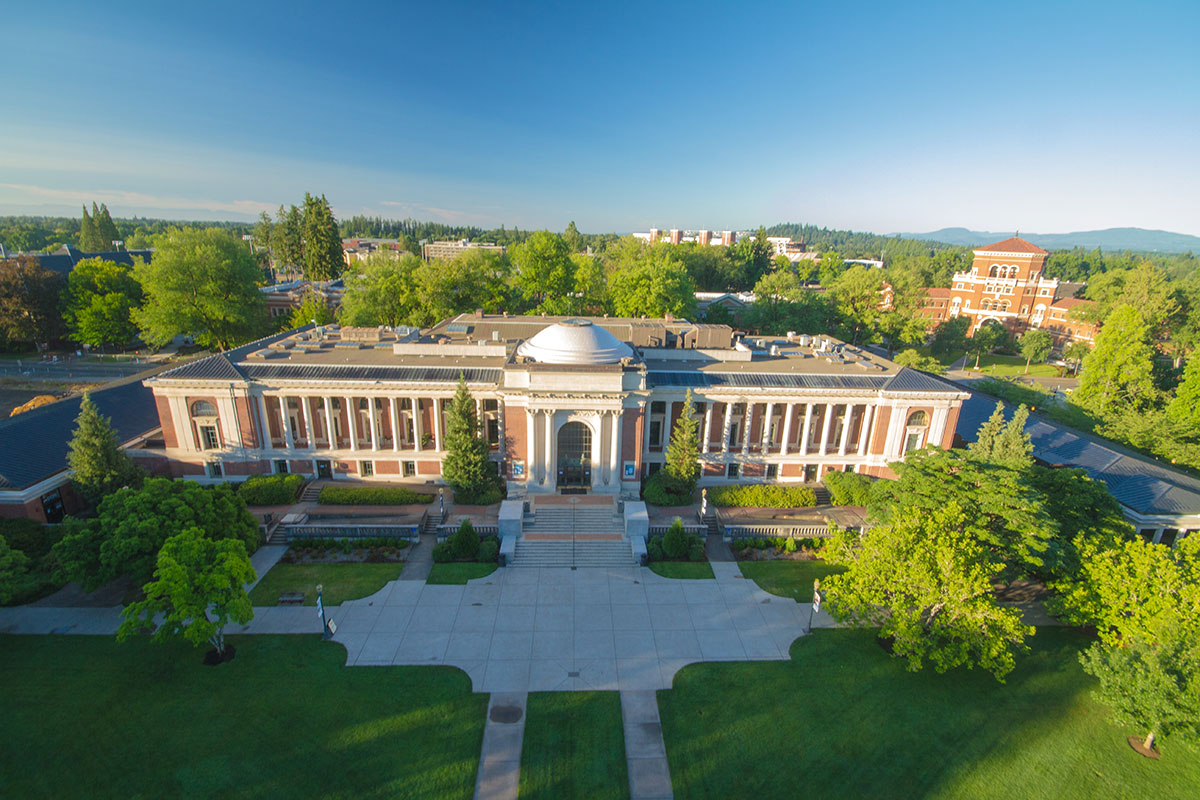With funding from NASA, scientists from Oregon State are looking at how mice expend energy under weightless conditions. Specifically, they want to know if the manner in which animals regulate body temperature affects bone loss.

Nick Houtman is director of research communications at OSU and edits Terra, a world of research and creativity at Oregon State University. He has experience in weekly and daily print journalism and university science writing. A native Californian, he lived in Wisconsin and Maine before arriving in Corvallis in 2005.

With funding from NASA, scientists from Oregon State are looking at how mice expend energy under weightless conditions. Specifically, they want to know if the manner in which animals regulate body temperature affects bone loss.

Through the science of geomagnetics, an Oregon State University senior from Beaverton is peering into the structure of the Earth’s crust with an eye on how the continent is put together and what that might mean for our future.

The first-year student in civil and construction engineering has already helped to design a water filtration device that took second place at a regional competition in Idaho. When not in class, she works in Oregon State professor David Hurwitz’s driving simulation lab.

To help inform policy discussions and public discussion about genetically engineered (GE) agricultural products, Dan Arp, Dean of OSU’s College of Agricultural Sciences, commissioned a series of white papers to explore five areas of public interest.

To be a wildlife biologist, it helps to have skills: to climb 30 feet up a tree to reach an eagle’s nest, to monitor a tranquilized wolf before it wakes or to track a wolverine in the high country. And in years past, it would have helped to be a man.

The wildlife in our yards and neighborhoods may please or sometimes annoy us, but they connect us to a web of life that appears to be unraveling before our eyes.